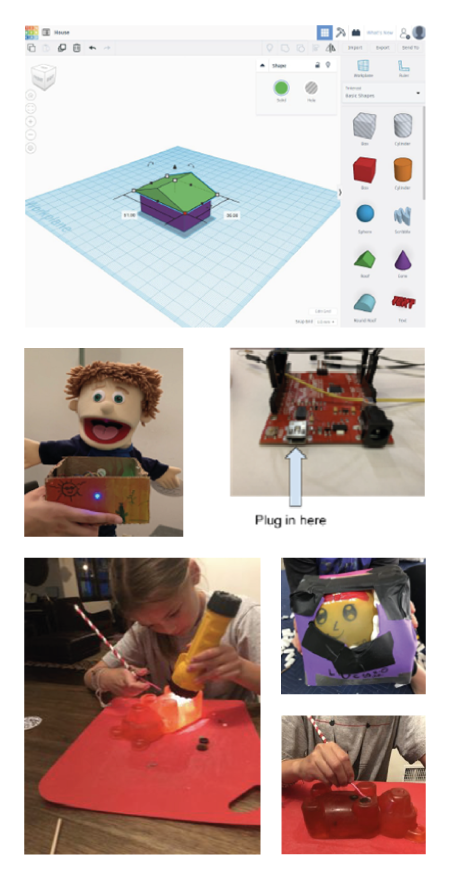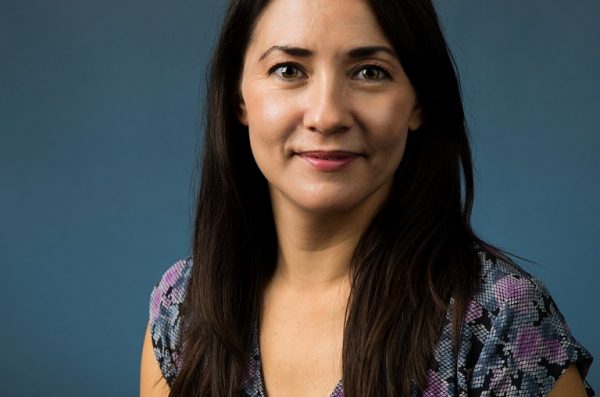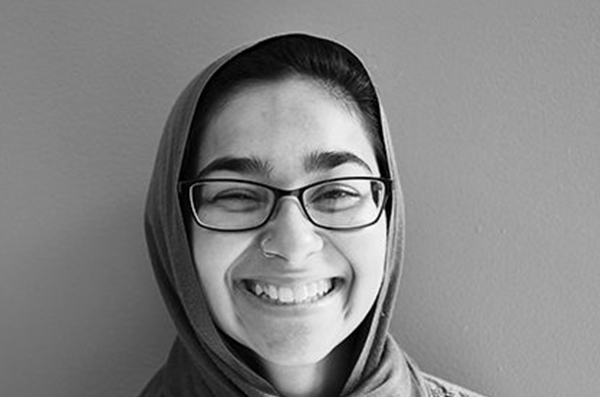SEEK Curriculum
SEEK introduction Heading link
In the United States, there is both a shortage of engineers and a recognized gender and racial disparity in engineering. Though women represent 51 percent of the US population, they accounted for only 20.9 percent of all BS degrees granted in engineering in 2016, up only marginally from 1997. Furthermore, during the same year, African Americans accounted for only 3.9 percent of those degrees, with African American women accounting for only 1 percent of the total.
One program that provides early exposure to engineering is the Summer Engineering Experience for Kids (SEEK), which has been offered by the National Society of Black Engineers (NSBE) since 2007 to serve children from low-income communities. The overall goal of the SEEK program is to enhance knowledge and engagement in engineering through hands-on, problem-based activities. As of 2019, SEEK has reached more than 20,000 underserved children in 16 cities across the country, utilizing nearly 500 mentors who are NSBE student members themselves. SEEK is offered every summer at various sites across the country for children between the third and fifth grade, where they participate in three one-week-long modules, focusing on specific disciplines or engineering applications.
In 2019, SEEK sites choose modules from a collection of 12 curricula that include computer science, mechanical engineering, civil engineering, electrical engineering, and chemical engineering. However, there are no NSBE SEEK modules which represent biomedical engineering. Biomedical engineering differs from other engineering specialties in that more than 40 percent of BS degrees are awarded to women. Moreover, biomedical engineering has a minimal wage gap between men and women, indicating that biomedical engineering is a more equitable career path for women. Therefore, we developed two biomedical engineering curriculum modules for the NSBE SEEK program. The modules are outlined below and are available for download.
Description of modules Heading link

Module 1:
Module 1 focuses on the development of core engineering skills in the context of health and wellness. Prior to the module start, instructors are required to set up and fabricate materials that will be used on days 1 and 4 of the module. On days 1 through 3, students are introduced to computer-aided design (CAD), circuitry, and basic computer programming. These skills are developed using a dynamic and interactive approach that combines teamwork, arts and crafts, computer use, group discussion, and worksheets. Skills are practiced using the free Tinkercad website, which offers intuitive and age-appropriate exposure to skills through a graphical interface. These skills are frequently related back to biomedical engineering and their practical application is reinforced. On day 4, students utilize their knowledge to build a medical device: a thermometer. The thermometer consists of a pre-programmed Arduino microprocessor, thermistor, RGB LED, a resistor, associated wires, and a housing. After constructing the thermometer, students test and demonstrate its functionality and prepare for day 5 challenges. On day 5, students engage in three challenges: Presentation, Vocabulary, and Performance. Presentation and Vocabulary challenges allow students to demonstrate their knowledge and understanding of the module subject matter, whereas the Performance challenge allows students to demonstrate the functionality of their thermometer in a competitive setting. Every student participates in the challenges and, afterward, winning teams are declared.
Module 2:
Module 2 focuses on the understanding and execution of the engineering design process in the context of health and wellness. Prior to the module start, instructors are required to obtain and assemble materials for use throughout the week. On day 1, students learn about the engineering design process and practice this methodology to develop protection for a raw egg. On day 2, students build on the egg protection activity to design a helmet to protect the brain. Students iteratively design the helmet using practical arts-and-crafts materials and engage in “testing” to determine the performance of their design. Students also reflect on their designs to influence further iterations. On day 3, students explore another aspect of the engineering design cycle by iteratively designing surgical tools. Students evaluate their tools by performing mock surgeries on gelatin gummy bears to remove embedded “tumors.” Students evaluate their tool performance and use that to inform further design improvements. On day 4, students revise their tools to enhance performance and prepare for day 5 challenges. On day 5, students engage in three challenges: Presentation, Vocabulary, and Performance. Presentation and Vocabulary challenges are similar to Module 1, but here the Performance Challenge evaluates students’ ability to perform mock dissection on a gelatin brain mold. Every student participates in the challenges and, afterward, winning teams are declared.
Reference Heading link
Felder, A. E., Kotche, M., & Hoda, A. (2020, June), WIP: Development and Implementation of a Bioengineering Module for NSBE SEEK Paper presented at 2020 ASEE Virtual Annual Conference Content Access, Virtual Online. https://peer.asee.org/35531


